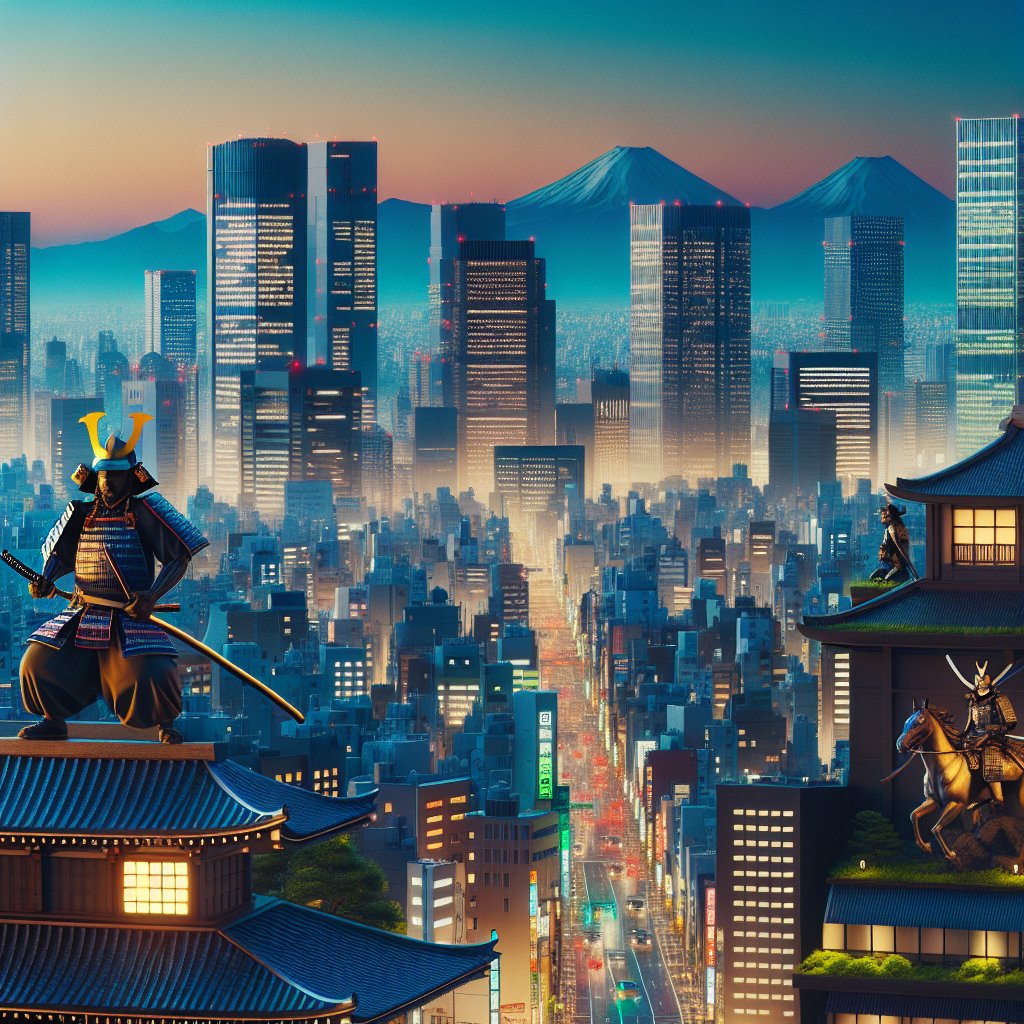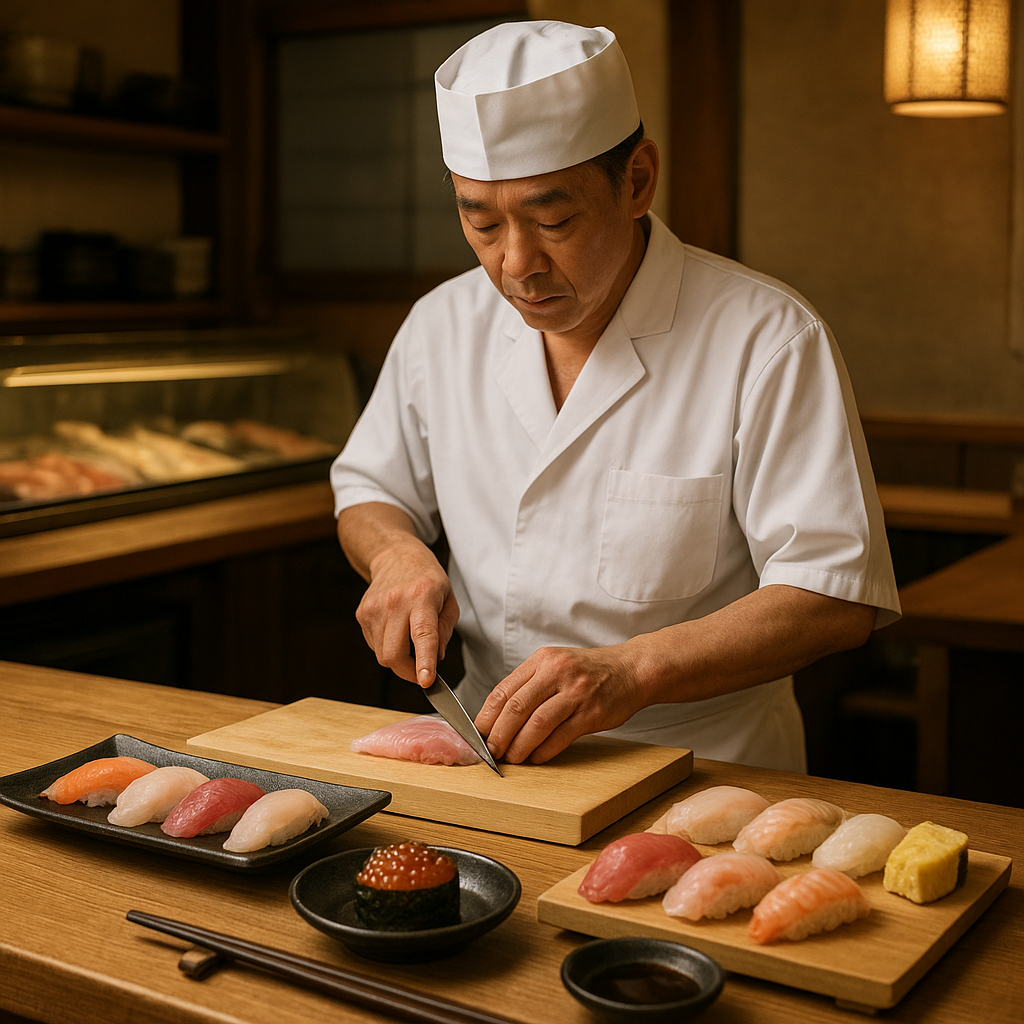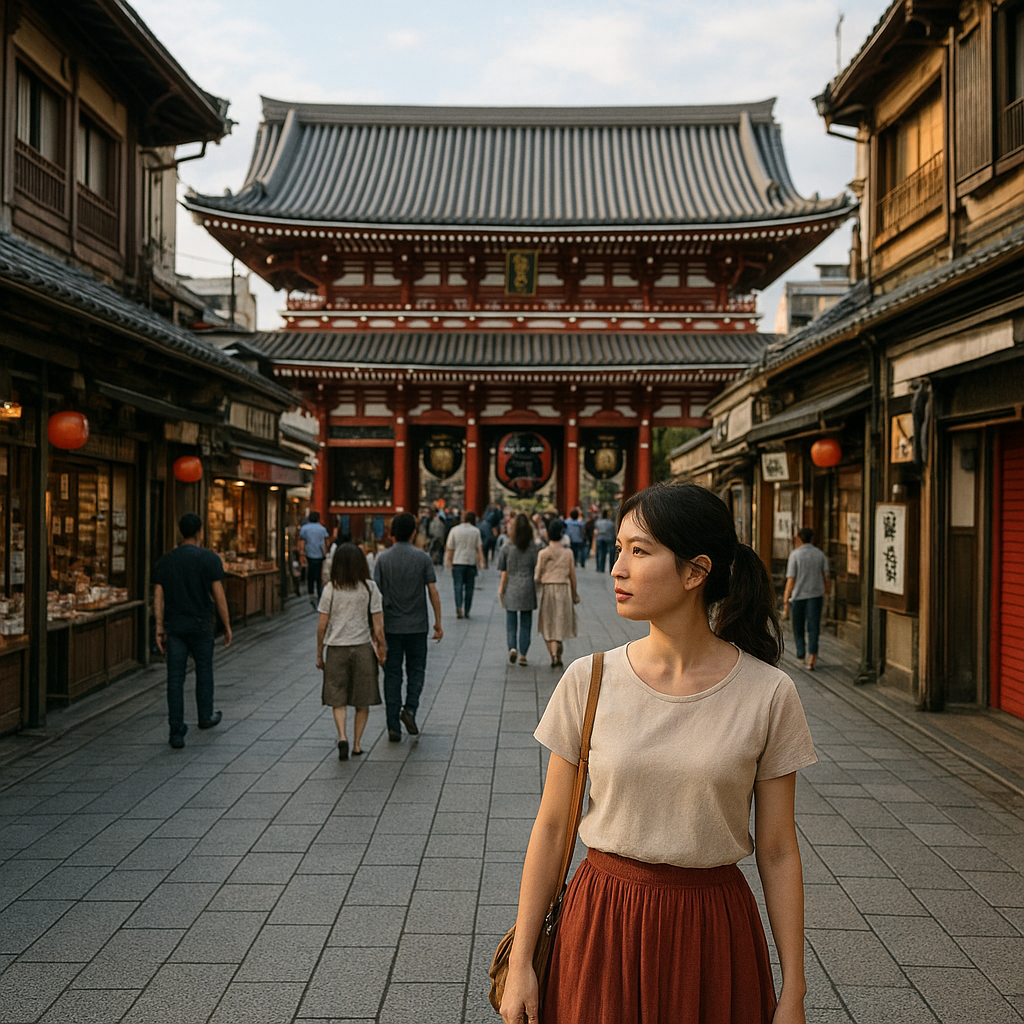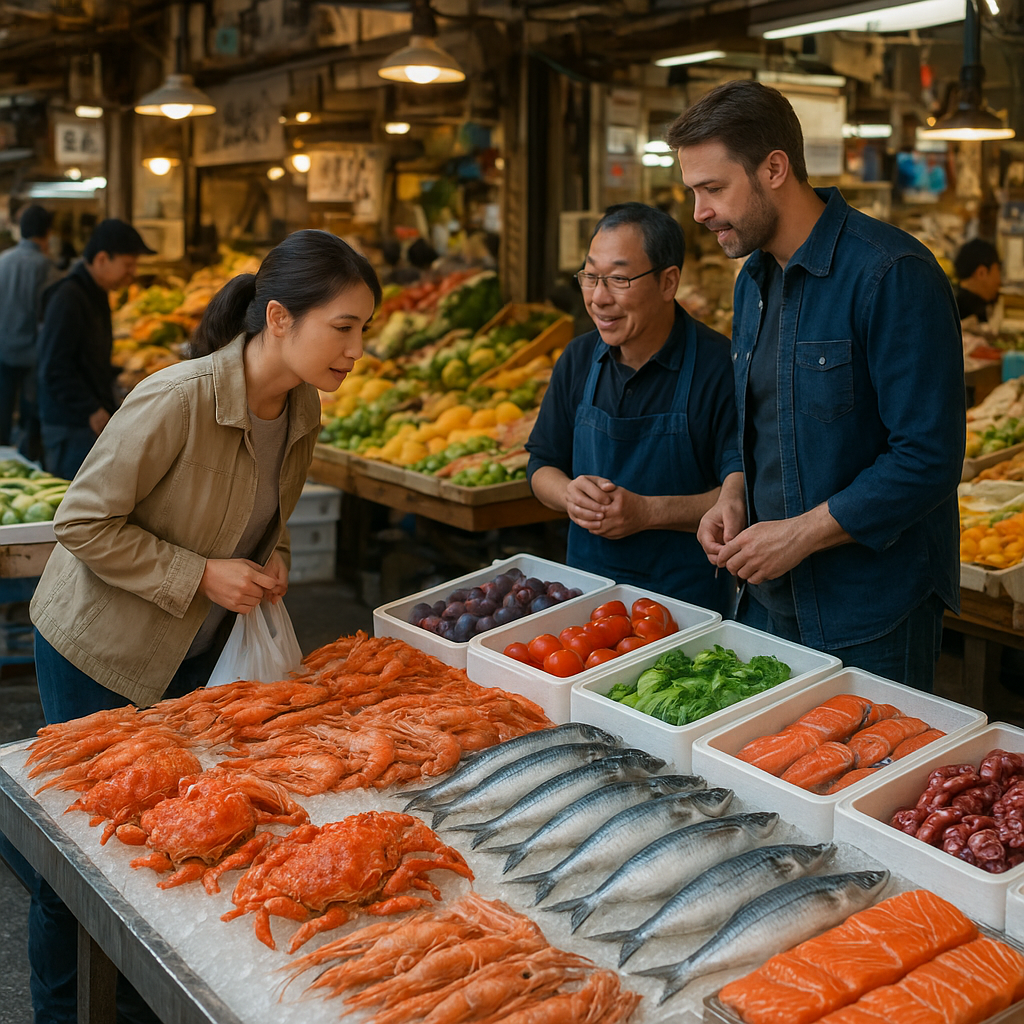Tokyo, the bustling capital of Japan, is a city where the ancient and the modern coexist in a fascinating blend. The influence of samurai culture, which dates back to the feudal era, is still palpable in various aspects of Tokyo’s contemporary life. From architecture and art to social values and entertainment, the legacy of the samurai continues to shape the identity of this vibrant metropolis.
Historical Background of Samurai Culture
The samurai were the military nobility and officer caste of medieval and early-modern Japan. Emerging in the late 12th century, they played a crucial role in Japanese society until the Meiji Restoration in 1868. The samurai were not only warriors but also held significant political power, often serving as the ruling class in various regions. Their influence extended beyond the battlefield, impacting Japanese culture, philosophy, and social structure.
Samurai culture was deeply rooted in the principles of bushido, a code of conduct that emphasized virtues such as loyalty, honor, and discipline. These values were not only essential for the samurai themselves but also permeated Japanese society as a whole. The samurai’s commitment to these principles left a lasting legacy that continues to influence modern Japan, including its capital, Tokyo.
Architectural Influence in Tokyo
One of the most visible influences of samurai culture in modern Tokyo is its architecture. While the city is renowned for its futuristic skyline, it also boasts numerous historical sites that reflect its samurai past. Traditional Japanese architecture, characterized by wooden structures, tatami mat flooring, and sliding doors, can be seen in various parts of Tokyo, offering a glimpse into the city’s feudal history.
The Imperial Palace, located in the heart of Tokyo, is a prime example of samurai influence in architecture. Although the original Edo Castle, which served as the residence of the Tokugawa shogunate, was largely destroyed, the palace grounds still retain elements of samurai-era design. The surrounding gardens and moats are reminiscent of the fortifications that once protected the samurai lords.
Moreover, several samurai residences, known as “bukeyashiki,” have been preserved and are open to the public. These historical homes provide insight into the lifestyle and living conditions of the samurai class. The preservation of such sites highlights the importance of samurai heritage in Tokyo’s cultural landscape.
Art and Aesthetics
Samurai culture has also left an indelible mark on the art and aesthetics of Tokyo. The samurai were patrons of various art forms, including calligraphy, painting, and tea ceremonies. These artistic traditions continue to thrive in Tokyo, with numerous galleries, museums, and cultural institutions dedicated to preserving and promoting them.
The influence of samurai aesthetics is evident in the popularity of traditional Japanese art forms such as ukiyo-e, a genre of woodblock prints that often depicted samurai warriors and scenes from their lives. These prints remain highly sought after by collectors and are frequently displayed in Tokyo’s art exhibitions.
Additionally, the samurai’s appreciation for simplicity and minimalism is reflected in modern Japanese design. This aesthetic sensibility can be seen in Tokyo’s architecture, fashion, and interior design, where clean lines and understated elegance are highly valued.
Social Values and Ethics
The ethical principles of the samurai, particularly those encapsulated in the bushido code, continue to influence the social values of Tokyo’s residents. Concepts such as loyalty, respect, and perseverance are deeply ingrained in Japanese culture and are evident in the behavior and attitudes of Tokyoites.
In the business world, for example, the samurai’s emphasis on honor and integrity is reflected in the importance placed on trust and reliability. Companies in Tokyo often prioritize long-term relationships and mutual respect, values that can be traced back to the samurai era.
Furthermore, the samurai’s dedication to self-improvement and discipline is mirrored in the work ethic of Tokyo’s citizens. The city’s fast-paced lifestyle and competitive environment demand a high level of commitment and resilience, qualities that are reminiscent of the samurai spirit.
Entertainment and Popular Culture
The influence of samurai culture is also evident in Tokyo’s entertainment and popular culture. Samurai-themed movies, television dramas, and anime are immensely popular, both in Japan and internationally. These media portrayals often romanticize the samurai lifestyle, highlighting their bravery, skill, and moral code.
Tokyo is home to numerous events and attractions that celebrate samurai heritage. The Samurai Museum in Shinjuku offers visitors an immersive experience, showcasing authentic armor, weapons, and artifacts from the samurai era. Additionally, live demonstrations of sword fighting and traditional martial arts provide a dynamic insight into the skills and techniques of the samurai.
Moreover, samurai culture has inspired various forms of modern entertainment, such as video games and manga. These creative expressions continue to captivate audiences, ensuring that the legacy of the samurai remains a vibrant part of Tokyo’s cultural scene.
Conclusion
The influence of samurai culture in modern Tokyo is both profound and multifaceted. From architecture and art to social values and entertainment, the legacy of the samurai continues to shape the identity of this dynamic city. As Tokyo evolves and embraces the future, it remains deeply connected to its past, honoring the traditions and principles that have defined it for centuries. The enduring presence of samurai culture serves as a testament to the resilience and adaptability of Tokyo, a city where history and modernity coexist in harmony.












